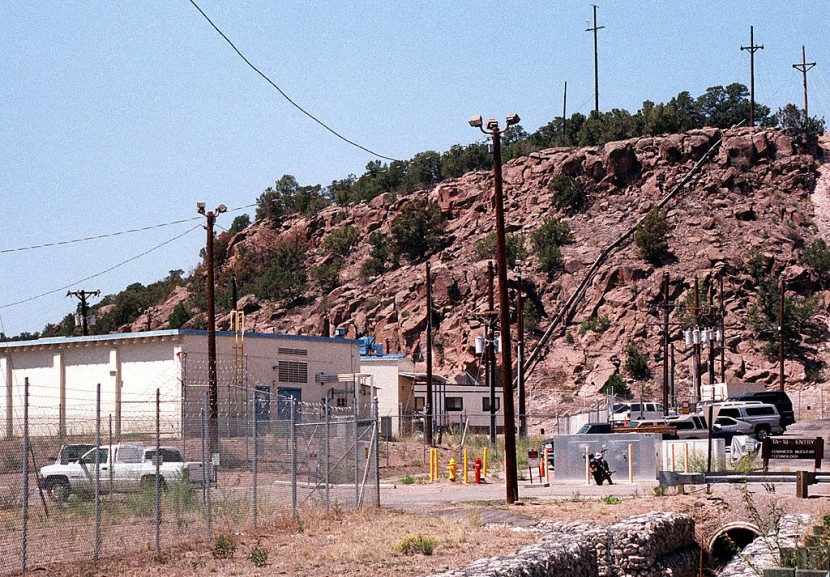Independent federal investigators say federal officials must improve their ability to monitor costs and progress because cleaning up waste from the formerly top-secret Manhattan Project and subsequent Cold War-era nuclear research at Los Alamos National Laboratory has more than doubled in the last seven years.
The Government Accountability Office stated in a report released on Wednesday that the US Energy Department needs to prioritize cleanup efforts at the New Mexico lab in a systematic manner, as reported by The Associated Press.
'Oppenheimer' Film Came at The Right Time

The report was released at the same time federal authorities held a conference on Thursday in Los Alamos to discuss addressing hazardous waste created by decades of research that began with the creation of the atomic bomb in the 1940s and cleaning up polluted soil and groundwater.
The "Oppenheimer" movie's premiere this week, according to Ike White, director of DOE's Office of Environmental Management, makes it an appropriate time to discuss the legacies of the advent of the atomic age. White addressed the crowd assembled at the storied Fuller Lodge in the center of Los Alamos, explaining that part of the environmental cleanup task necessitates a study of the past.
After Social Security and Medicaid, he said that the country's multibillion-dollar cleanup program was the federal government's third-largest problem on its books.
However, the GAO identified control gaps at Los Alamos' Office of Environmental Management. They claimed that the office could not monitor ongoing costs, the scope of work, or progress since a performance baseline for the cleanup contractor had yet to be finalized.
According to environmental officials in New Mexico, the research confirms their long-held worries that cleanup is hampered by needless delays that endanger the environment and human health.
Speaking on behalf of the New Mexico Environment Department, Matthew Maez emphasized the duty of the federal government to safeguard drinking water. Los Alamos environmental management officials said they anticipate finishing up the lab's remaining cleanup tasks by 2043 at a projected cost of around $7 billion.
Read Also : Uranium Cubes That Are Suspected Component of Hitler's 1945 Nuclear Bomb Now Under Study
Better Strategy For The Remaining Cleanup
Michael Mikolanis, the director of the DOE's environmental management office in Los Alamos, announced on Thursday that his team is creating a long-term strategic vision for the remaining cleanup that will be based on priorities determined through numerous meetings with state regulators, the heads of surrounding Native American communities, and others.
While White agreed with the GAO that it was critical to prioritize the job, he added that efficiency was not necessarily the most crucial aspect.
According to Don Hancock of the nuclear monitoring group Southwest Research and Information Center in Albuquerque, the DOE published a roadmap in 2010 to eliminate the majority of transuranic waste-waste that comprises artificial elements heavier than uranium by the end of 2015.
He questioned how much garbage was still left after the deadline and the DOE representatives at the event.
In the fall, according to Mikolanis, his agency will release an interactive map with estimates of the waste at Los Alamos that is held above the ground and that still needs to be uncovered.
Since the final volume of debris might vary depending on the extent of a project, White claimed that estimations for the cleanup job countrywide are difficult to establish.
Building confidence with state regulators, developing a plan for cost and schedule increases, and considering potential hazards when making choices are just a few of the recommendations for the DOE in the GAO study.
Related article : Human Chimeras Are Gestating In U.S. Labs Despite Funding Ban








